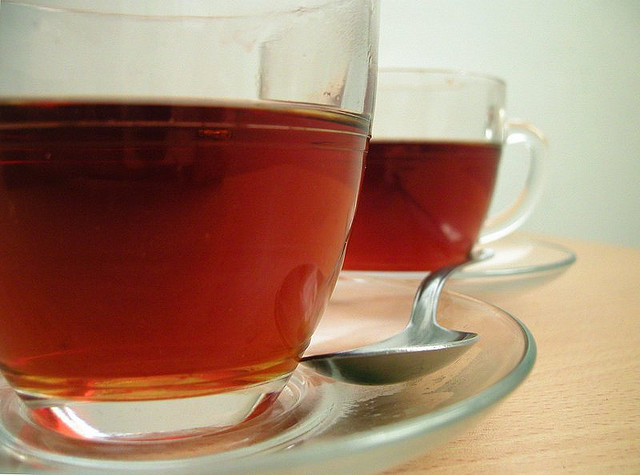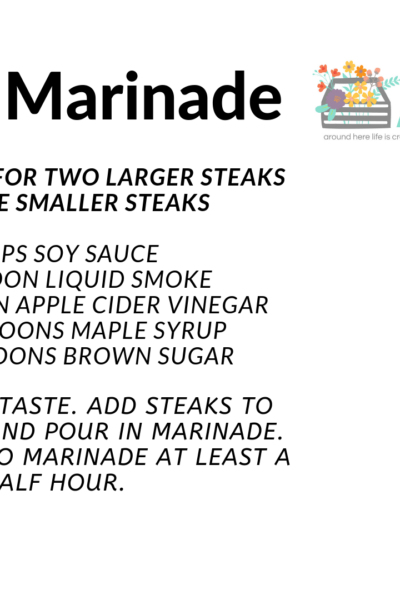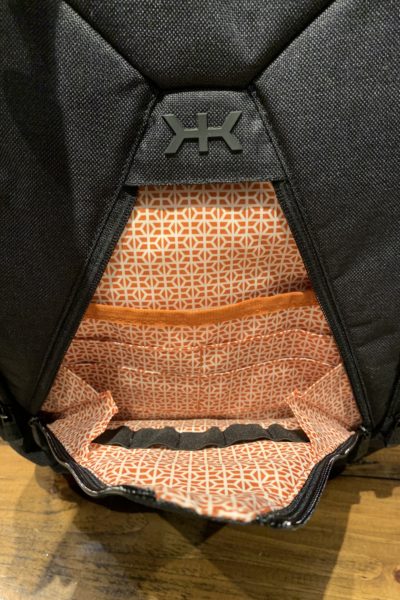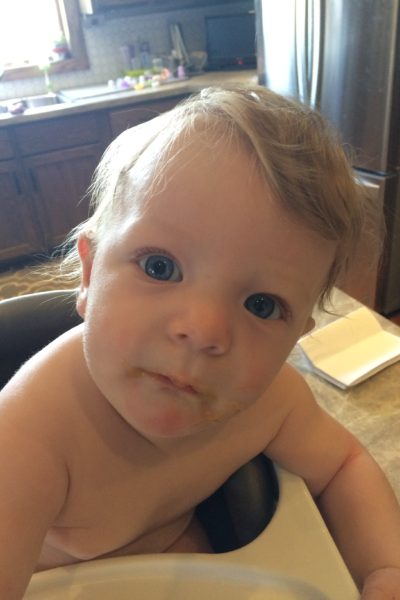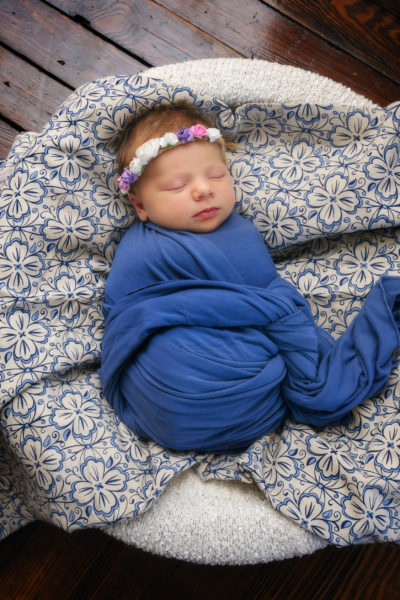Whew, it has been a while since I did my last Tea Drinking for Beginners post. Fall sure did mess up my schedule! Now that we are starting to get caught back up I can get back into my blogging groove. The first two posts in the series gave you a great introduction to tea and the supplies and the different kinds of tea. Now, you need to learn to prepare tea.
It’s Not as Overwhelming as it Seems
The reason why I did not try any tea for so long is because I was afraid I would mess it up. Let’s face it, tea can get very bad if it is not prepared right. The fact that tea could turn out badly scared me. I wasn’t sure if I would like tea and I certainly did not want to mess it up and make the experience worse for myself. But I will tell you this, it is not nearly as overwhelming as it seems! With some practice you will become a pro in no time.
Every Tea is Different
The thing to keep in mind is that each type of tea is different. They have different steeping (the act of putting the tea in water for a certain amount of time, compare it to brewing coffee) times and temperatures. As long as you know what kind of a tea it is (i.e. roobios, black, green, etc.) you will be fine. When you buy from a tea store they usually give you a sticker on the bag or tin that says the temperature and time to steep it for.
When I was just starting I would sit and stare at the tea and time it perfectly every time. Once you become more comfortable you learn what kinds of tea are finicky and what ones are forgiving. Black teas can turn bitter if you do not watch them closely and a green tea is similar. A roobios or an herbal are much easier to work with.
Temperatures Explained
Finding that perfect temperature is the most challenging part of brewing tea but I will walk you through it the best I can. I will give you a disclaimer. I don’t think my way of heating water is exact, precise or anything to that matter. It just works for me. If you really like tea, then an electric tea kettle is a good investment. They heat the water to the exact temperature you need it at and can hold it there. Some of the really cool ones can also drop your tea in and tell you when it’s done. Talk about awesome.
But I am too cheap to get one, so this is my non-scientific method of heating water for tea. Each tea you buy should have preparing instructions on the container. Keep those until to know how to prep the tea.
Water boils at 212 degrees Fahrenheit and that is my starting point for any of my tea. The highest steeping loose leaf teas (which are herbals and roobios teas normally) have a steeping temperature of 208 degrees Fahrenheit. So, I get my water to almost boiling and I pull it off the stove then I pour the water into my tea maker and set my timer for the number of minutes the tea requires.
175 degrees is the lowest temperature you will need to prepare tea at (that is for white and green teas) and in order to achieve that, heat it to boiling and put 2 ice cubes in. Bam, 175 degree water. For teas that need to be at 195 degrees Fahrenheit, from what I understood that was a low boil. When I see the first bubble starting to rise, I take it off and put it into my tea strainer.
